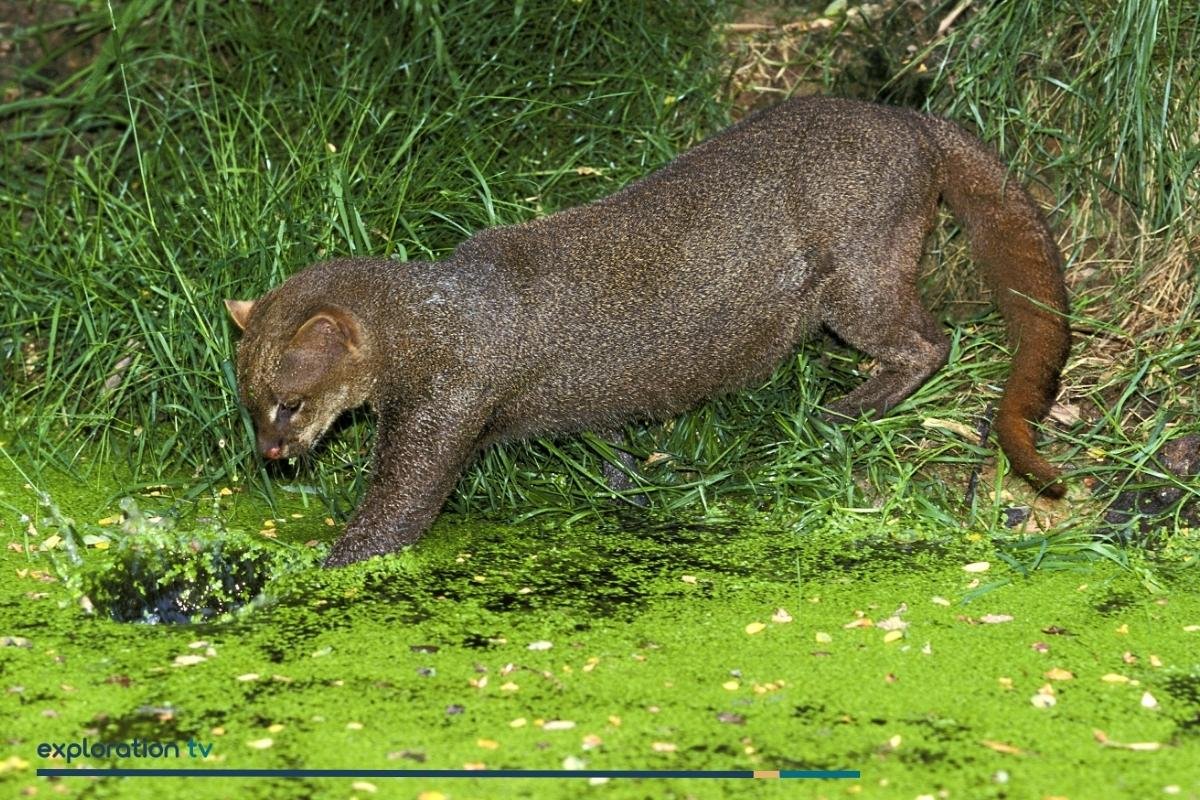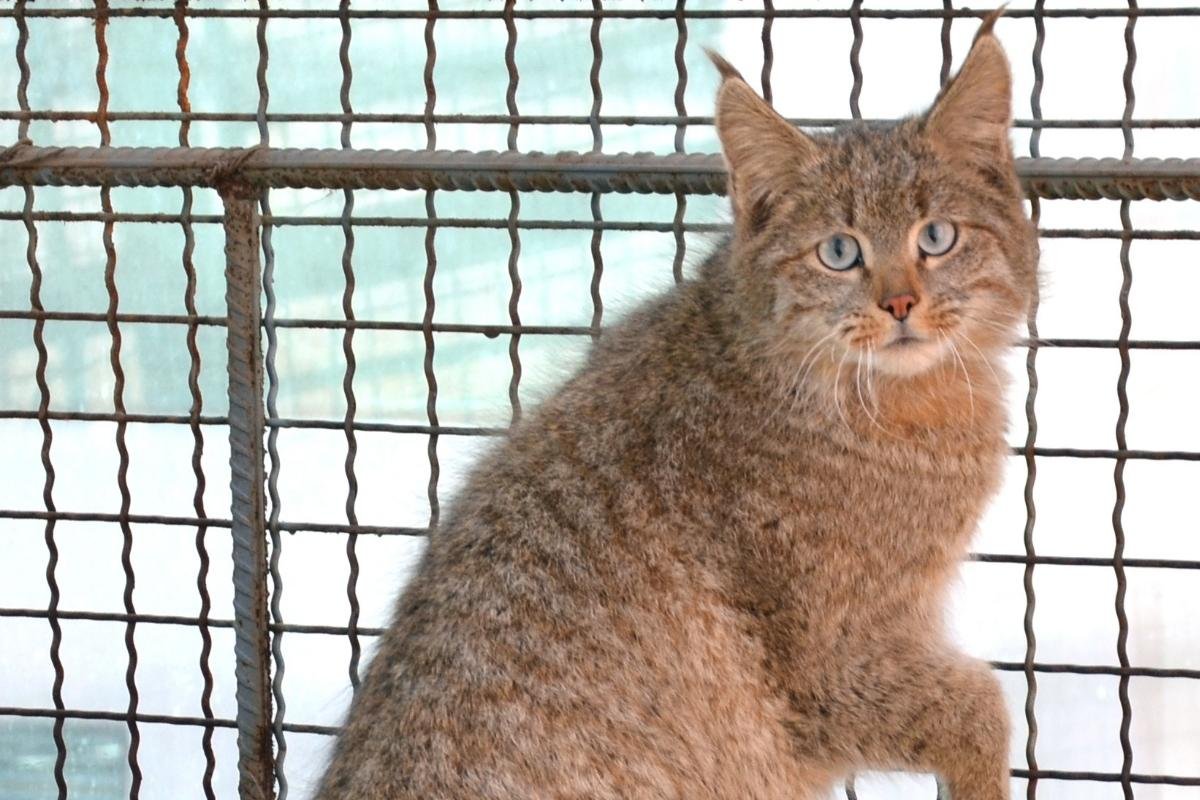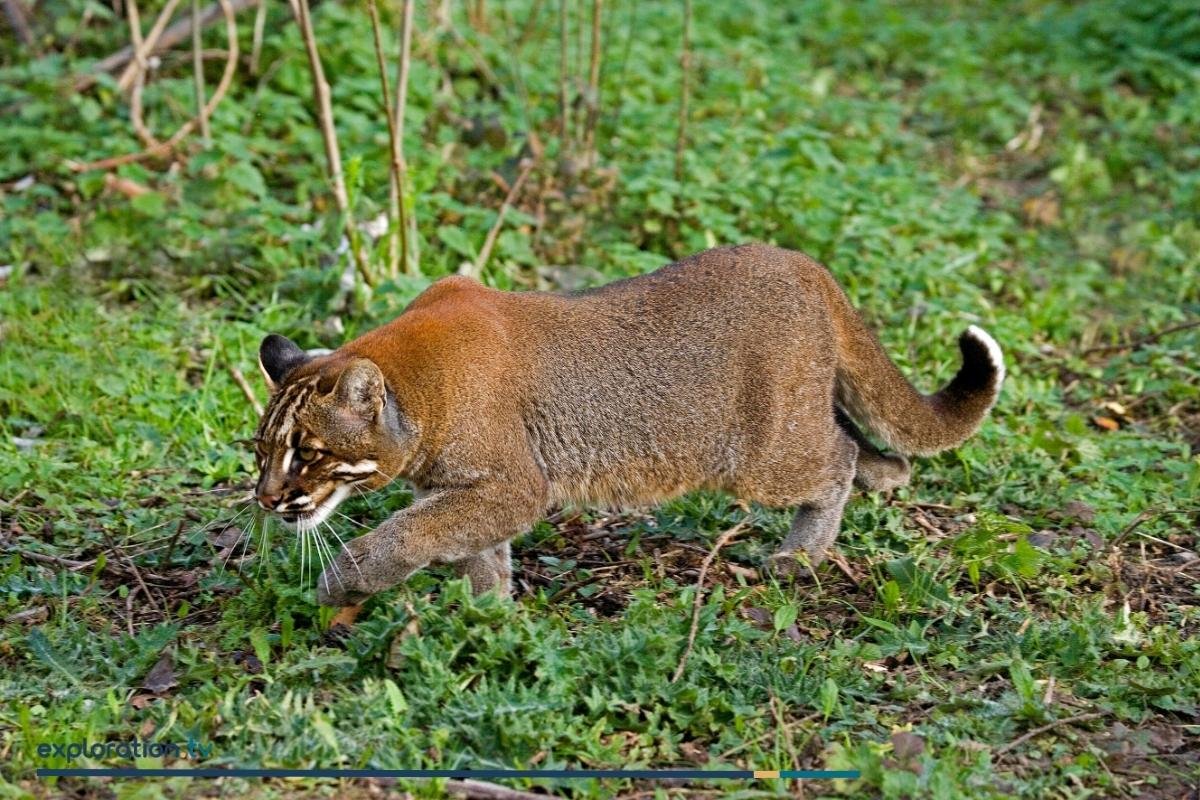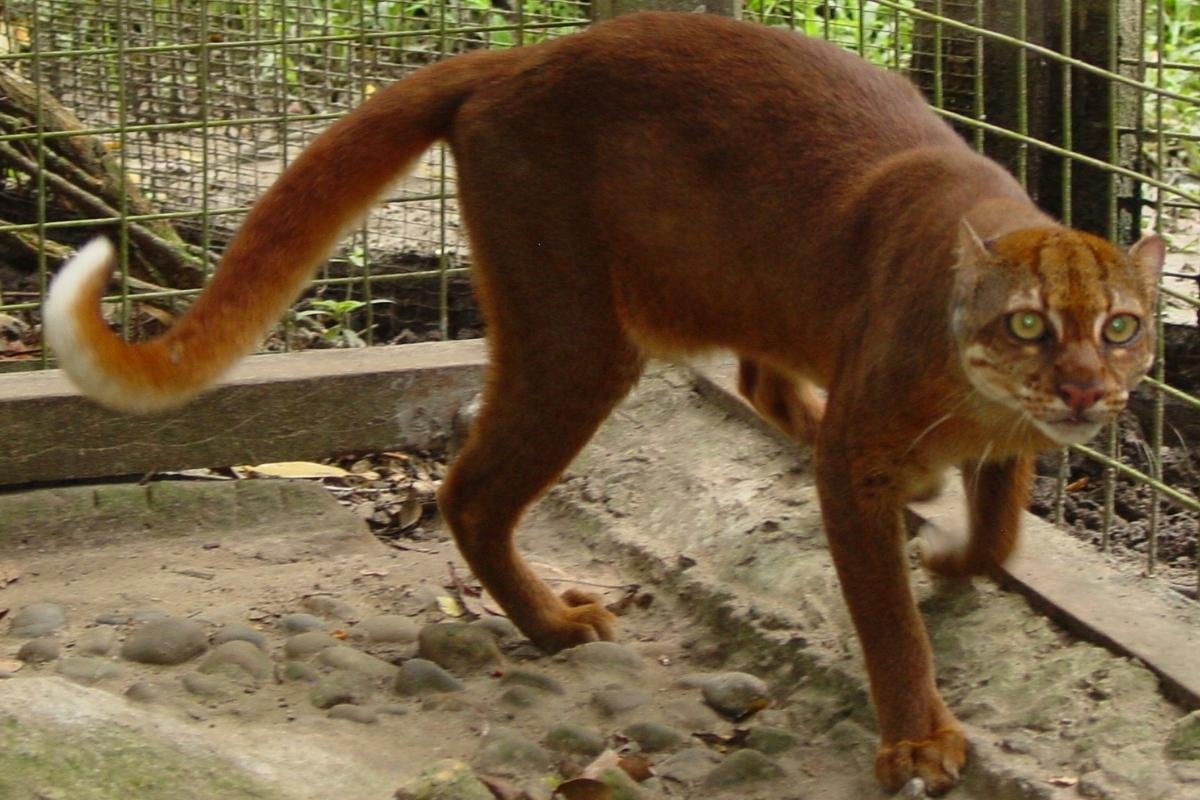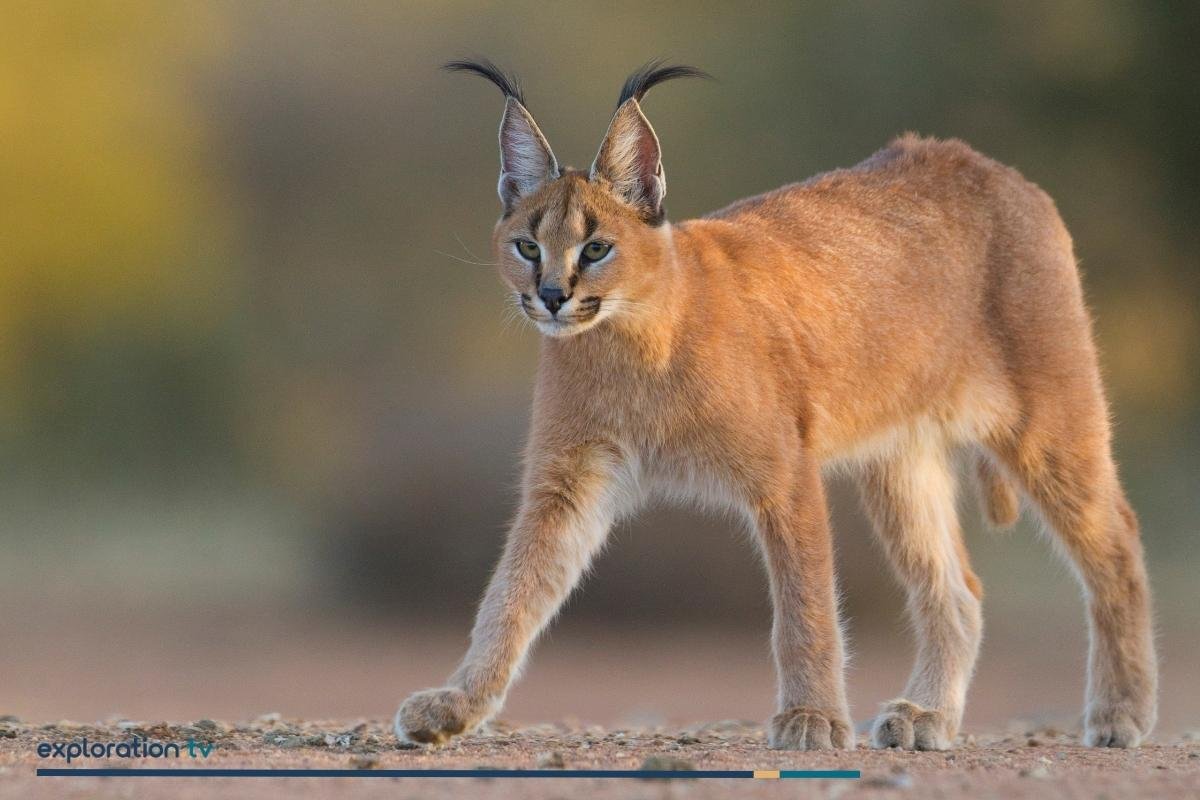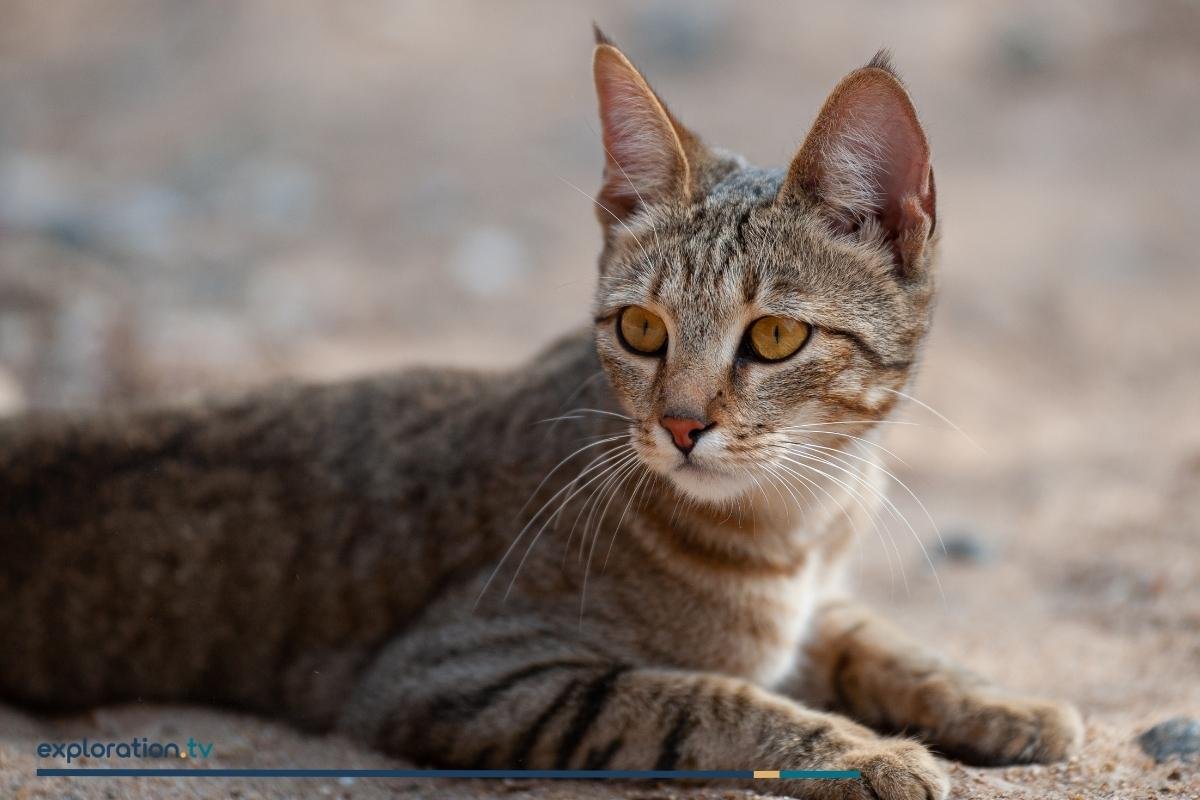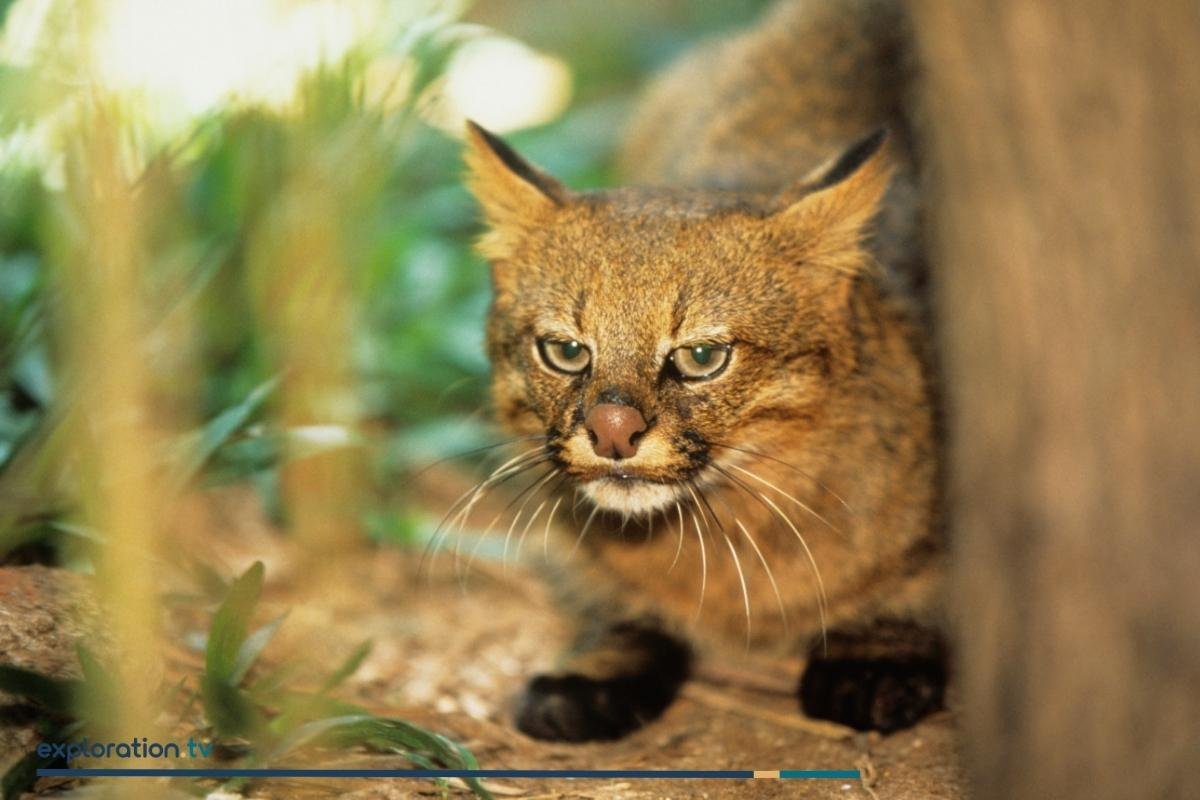Lion
The lion is one of the most iconic and powerful big cats in the world. As the only truly social species of big cat, lions live in structured prides, which allows them to be highly efficient hunters and apex predators. Once widespread across Africa, Europe, and Asia, lions are now largely confined to sub-Saharan Africa, with a small remnant population of the Asiatic lion in India’s Gir Forest. Despite their majestic reputation, lion populations have drastically declined due to habitat loss, human-wildlife conflict, and poaching.
Meet the Lion
Classification
Lions are among the largest big cats, second only to tigers in size. Adult male lions typically weigh between 150 to 225 kilograms (331 to 496 pounds), while females are smaller, ranging from 122 to 192 kilograms (269 to 423 pounds). Their body length varies between 1.4 to 2.5 meters (4.6 to 8.2 feet), excluding the tail, which adds another 60 to 100 cm (24 to 39 inches).
Male lions are easily recognized by their thick, flowing manes, which can range in color from blond to black. The size and darkness of a lion’s mane often indicate dominance and age, with darker, fuller manes being a sign of strength. Unlike males, female lions lack a mane, making them more agile and efficient hunters.
Lions have powerful, muscular bodies, strong limbs, and large paws equipped with retractable claws that allow them to bring down large prey. They also have a distinctive tuft of dark fur at the tip of their tails, which may aid in communication within the pride.
Where Does the Lion Live?
Biogeographic Realm: Afrotropic, Indomalaya
Subcontinents: East Africa, Central Africa, North Africa, Southern Africa [Show all subcontinents]
Countries: India, Angola, Benin, Botswana [Show all countries]
Habitats (IUCN): Forest, Savanna, Shrubland, Grassland, Desert
Historically, lions roamed across Africa, the Middle East, and parts of Europe and Asia, but their range has significantly diminished over the past two centuries. Today, lions are primarily found in sub-Saharan Africa, inhabiting savannas, grasslands, and open woodlands. They thrive in ecosystems that support large herbivore populations, such as wildebeest, zebras, buffalo, and antelopes.
The only surviving population of Asiatic lions (Panthera leo persica) is found in the Gir Forest National Park in India. These lions are genetically distinct from their African relatives and tend to be slightly smaller with shorter, less developed manes. Asiatic lions once roamed from Turkey to India, but due to hunting and habitat destruction, they are now critically endangered, with fewer than 700 individuals left in the wild.
Lions avoid dense forests and extreme deserts, as these environments do not support the large herbivore populations they rely on for food. However, they are highly adaptable and have been observed in semi-arid regions and mountainous terrains.
What Do Lions Eat?
Lions are apex predators that primarily hunt large herbivores. Their diet consists of:
- Ungulates: Wildebeests, zebras, gazelles, buffalo, and antelope.
- Occasionally larger prey: Giraffes, hippopotamus calves, and even young elephants.
- Carrion: Lions frequently scavenge from other predators, such as hyenas and cheetahs.
- Smaller animals: In times of food scarcity, lions will also eat smaller mammals, birds, and reptiles.
Lions employ cooperative hunting strategies, with lionesses often leading the chase. They use stealth and teamwork to isolate and ambush their prey, employing powerful jaws and claws to bring down animals much larger than themselves. Despite their reputation as fearsome hunters, lions are successful in only about 20-30% of their hunts.
What Eats Lions? – Predators & Natural Enemies
Adult lions have few natural predators, but they still face threats, particularly from other lions and rival predators. Male lions frequently fight over territory, and weaker individuals are often killed or driven out of prides.
Lion cubs, on the other hand, are vulnerable to:
- Hyenas: Competing for food, hyenas will attack and kill unprotected lion cubs.
- Leopards & Cheetahs: Opportunistic predators may target young lions.
- Male lions: When a new male takes over a pride, he often kills the cubs to bring the females into estrus faster.
- Baboons sometimes steal lion cubs whenever there is an opportunity, and eventually kill them.
However, humans pose the greatest threat to lion populations through hunting, poaching, and habitat destruction.
Behavior & Lifestyle
Lions are unique among big cats due to their social structure. They live in groups called prides, which typically consist of one to four adult males, several related lionesses, and their offspring. The structure of a pride provides multiple advantages, including cooperative hunting, shared protection, and efficient rearing of cubs.
Unlike many other large carnivores, lions are not strictly territorial, but dominant males aggressively defend their prides from rival males. When new males take over a pride, they often kill existing cubs to assert dominance and ensure that the lionesses come into estrus sooner, allowing them to father their own offspring. Female lions, on the other hand, remain with the same pride for life, strengthening family bonds and increasing cub survival rates.
Lions are mostly nocturnal, with peak activity occurring during the cooler hours of the night. They spend up to 20 hours a day resting, conserving energy for hunting and territorial patrols. During the day, they can be found lounging under trees or in shaded areas, minimizing exertion in the hot African sun.
Lions communicate in various ways, including roaring, growling, grunting, and purring. A lion’s roar is one of the most powerful vocalizations in the animal kingdom and can be heard up to 8 kilometers (5 miles) away. Roaring is used to communicate within the pride, ward off intruders, and establish dominance. Lions also use body language, facial expressions, and scent marking to communicate with pride members and rival groups.
How Do Lions Reproduce?
Lions do not have a specific mating season and can reproduce throughout the year. Mating is frequent, occurring up to 40 times a day when a female is in estrus. After a gestation period of 110 days, females give birth to 1 to 6 cubs in a hidden den away from the pride.
Newborn cubs are blind and helpless, weighing around 1 to 2 kg (2.2 to 4.4 pounds). They open their eyes within a week and begin walking after two to three weeks. At around six to eight weeks, they are introduced to the pride and begin eating meat alongside their mother’s milk.
Cubs face high mortality rates, with up to 80% dying before their second birthday due to predation, starvation, or being killed by new dominant males.
Are Lions Endangered? – Conservation Status & Threats
Lions are currently listed as Vulnerable on the IUCN Red List, with some regional populations considered Endangered. Over the last century, lion populations have declined by nearly 50%, and they now occupy only 8% of their historic range. Their major threats are:
- Habitat Loss: Human expansion and agricultural development reduce lion territories.
- Poaching & Trophy Hunting: Lions are hunted for sport, and their body parts are used in traditional medicine.
- Human-Wildlife Conflict: Farmers kill lions in retaliation for livestock attacks.
- Illegal Wildlife Trade: Lion bones and body parts are increasingly sought after in the black market.
Efforts to protect lions include:
- Protected reserves and national parks in Africa.
- Anti-poaching initiatives and stricter hunting regulations.
- Community-based conservation programs to mitigate human-lion conflicts.
- Reintroduction and relocation programs to restore lion populations in former habitats.
Despite conservation efforts, continued habitat protection and anti-poaching laws are essential to ensure the survival of lions in the wild. As symbols of strength and unity, lions remain one of the most revered creatures on Earth, and protecting them is crucial for maintaining the balance of their ecosystems.
